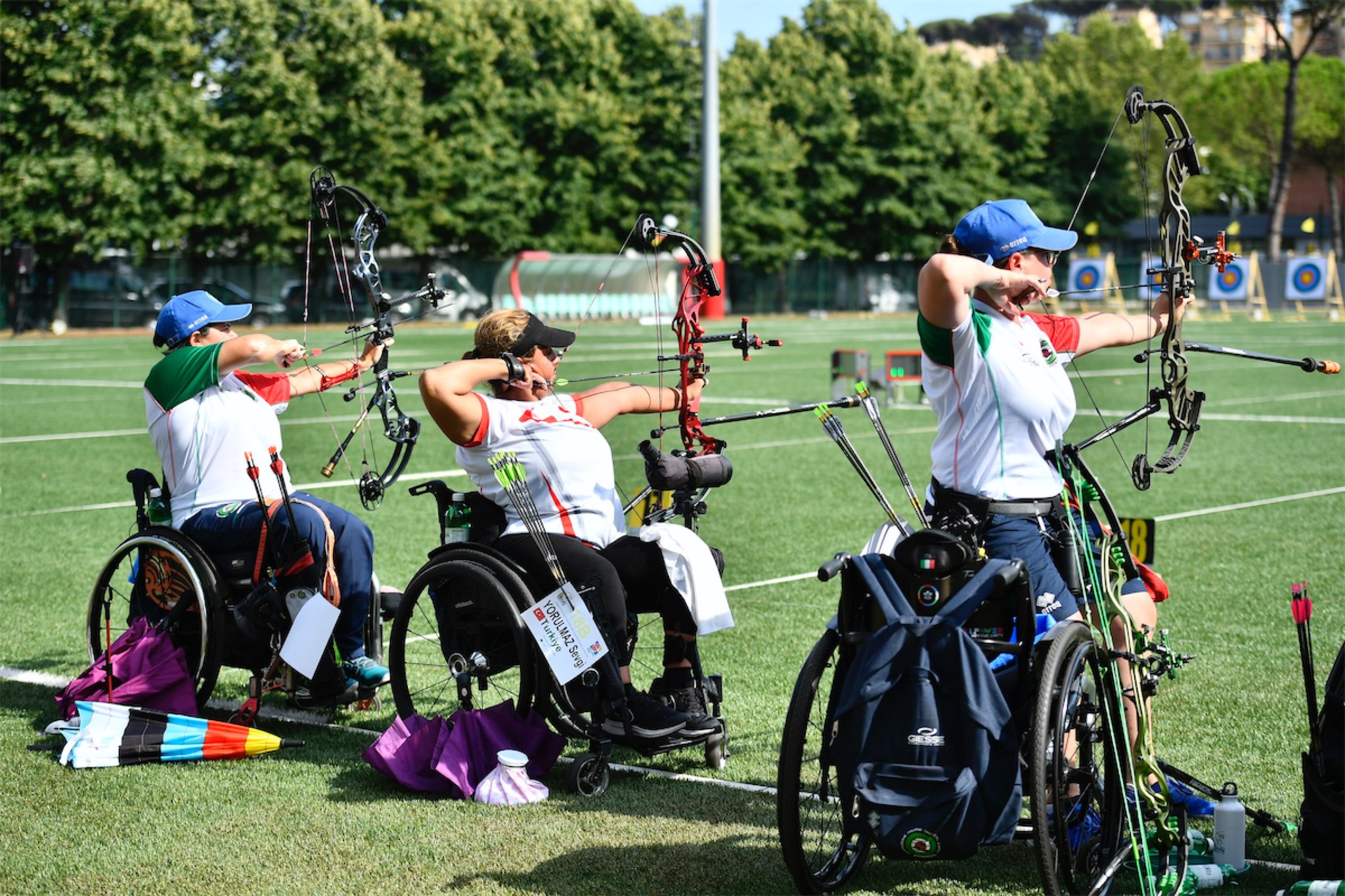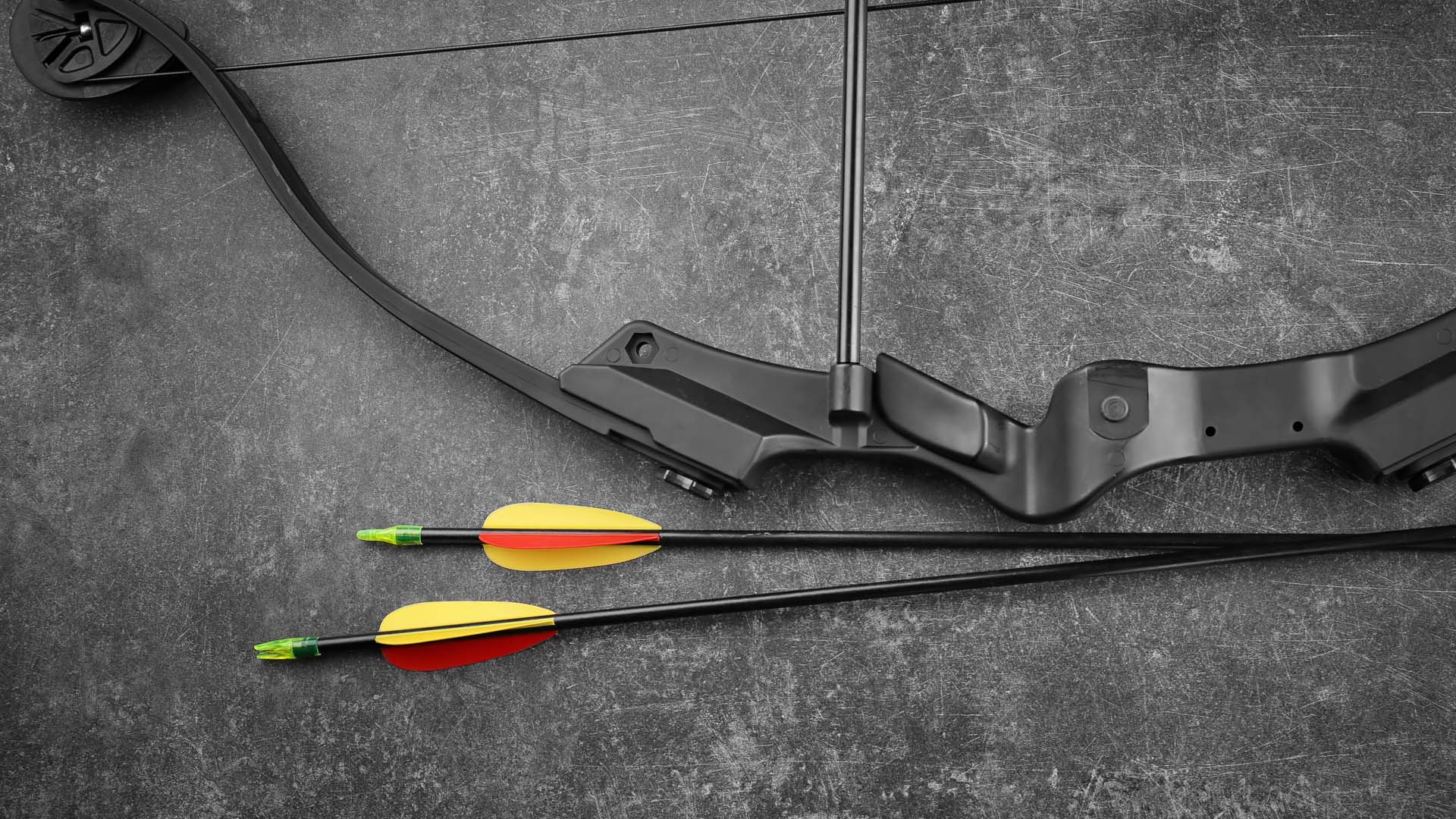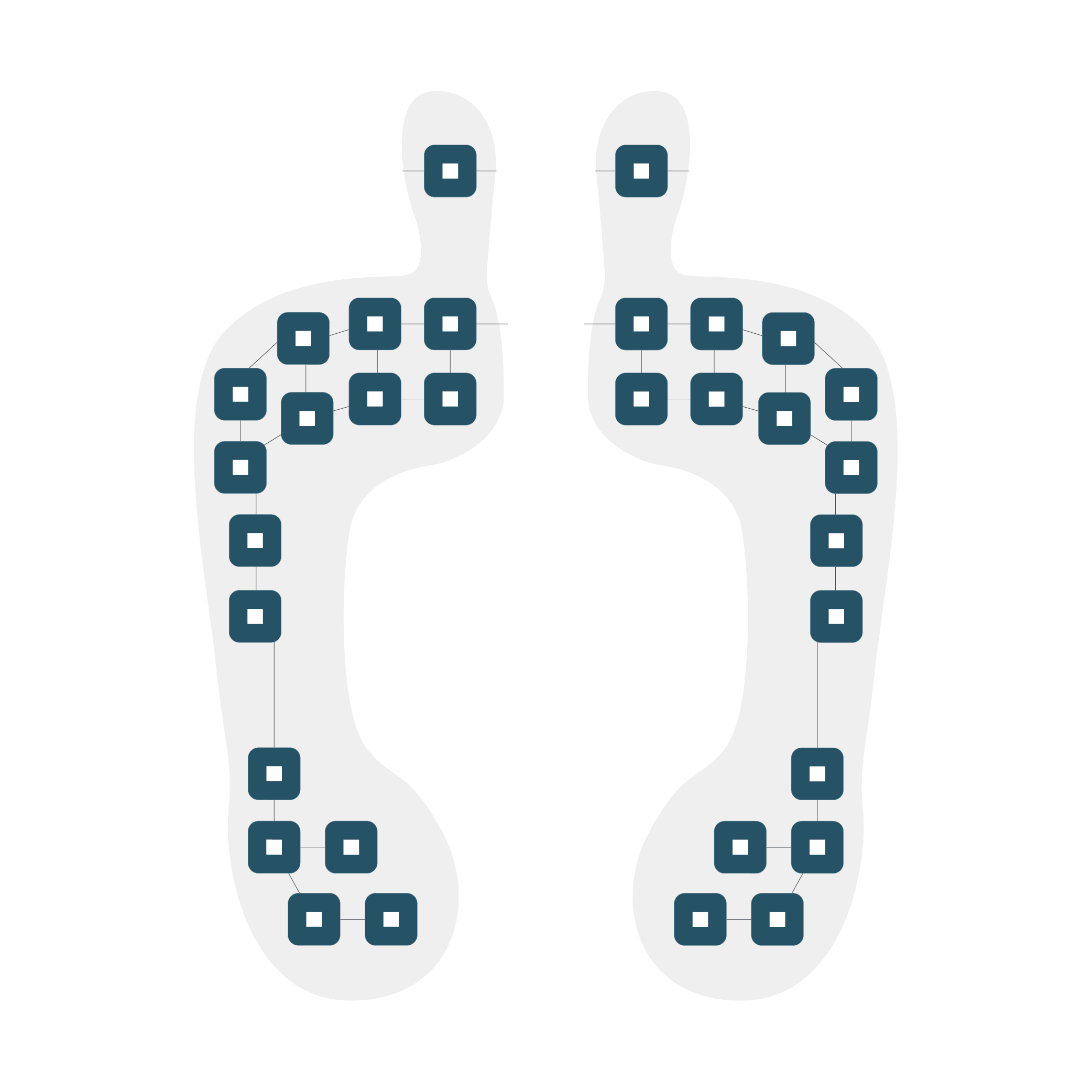Customer Profile
Industry: Sports
Use case: Tracking Archery Technique with IMU

About FiberBow
Since 2005, FiberBow has produced carbon fiber risers, handles and high-performance parts for Olympic recurve bows which are internationally renowned for their incredible lightweight and maneuverability.
To cite some of the world’s best archers, Oscar De Pellegrin won individual archery gold medal at London Paralympics; Mauro Nespoli conquered team archery silver medal at Beijing Olympics; and Oscar De Pellegrin, Marco Vitale and Mario Esposito won team archery bronze medal at Beijing Paralympics, all using FiberBow products.
Paolo Sabbioni, founder of the company located in Carate Brianza (MB, Italy) was interested in capitalizing on 221e’s wearable sensor technology to develop solutions that help Olympic-level archers improve their techniques. The objective was to track and characterize the motion and pressure point of the hand on the grip of the bow using a non-invasive device capable of measuring speeds, accelerations, rotations, and orientation during shooting.
Challenges of the Project
The case study focused on elite athletes who have competed at the Olympic level and are interested in improving their archery techniques based on data collected with intelligent wearable sensors. Hence the collaboration saw the involvement of athletes and trainers from the Italian archery federation (FITARCO) and the Italian National Olympic Committee (CONI).
Archery is a high-accuracy, high-precision sport. Athletes aim at landing their arrows to the target as exactly as possible, and not only that, but they also strive to repeat or improve those results with each shot. 221e’s miniaturized sensing solutions were in line with the call to design a non-invasive, wearable solution. The system would have to be outfitted to measure variables that contribute to an archer’s shooting technique when handling a recurve bow.
This project is one that pushed our motion sensors to their limits of repetitive accuracy to provide elite athletes with data and insights that would help them fine-tune their technique. Since any change in balance or hand position can affect performance, one of the challenges was to ergonomically incorporate the sensors into the bow and correctly position them on the athletes’ hands.
The Solution
The 221e team adopted the MITCH platform that combines an inertial measurement unit (IMU) and a Force-Sensitive-Resistor (FSR) membrane providing perfectly synced data.
In the first phase, the tests were carried out by applying a MITCH sensor on the structure of the arch, which allowed alignment of the axes and the swing to be checked. The analysis was subsequently optimized by adding a second sensor to detect the pressure on the grip of the bow at different points of contact. This allowed us to measure any displacements of the thrust axes of the hand with respect to the directional axes of the bow.
Using information from the sensors, we applied NeuraActive™ pattern recognition and our event detection AI software to identify each phase specific to archery, as follows:
- Positioning of the hand on the bow and settling in pre-traction
- Bow lift
- Traction up to the aiming position
- Stationary maintenance and traction increase
- Release and Conclusion of the action (Follow through)
Conclusion
The results obtained provide information about the timing of each phase, the stability of the archer (compared to previous shots), and finally a unique motion tracking profile pattern.
These results show the potential of the system and illustrate invaluable biomechanical information closely related to shooting techniques. The data obtained and the proposed measurement instrument provide a solid basis to promote a scientific approach to archery. With such an instrument, a fundamental aspect of the shooting sequence can be objectively evaluated without altering the athlete’s gesture in any way. The outcome is available for use by archers, and the published research can be found here.
“The efficiency of the system set-up was validated through experimental verification. Thanks to the 221e team for contributing their expertise in smart sensor systems, their technical advice about the appropriate software for the project and the extraction and analysis of the data”
Paolo Sabbioni – Founder


